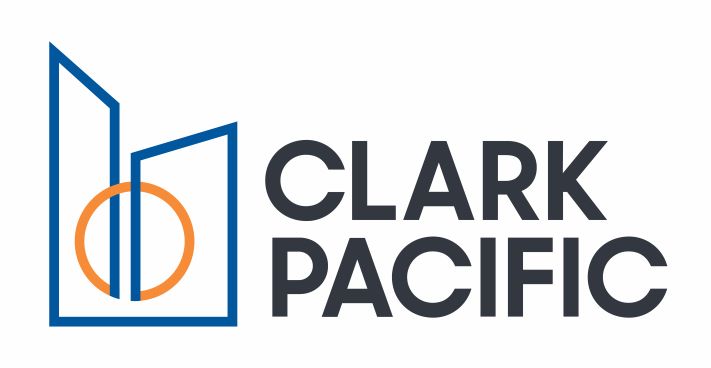Megaprojects Are Very Different. That's Why Their Construction Requires A Different Approach

Stanford University’s massive Escondido Village Graduate Residences exceed 1.8M SF and house nearly 2,500 students. Its four residence halls on the school’s campus in Palo Alto, California, range in height from six to 10 stories.
To a casual observer, the work needed to build the residences would appear to have been one gigantic construction project.
But to Clark Pacific, the design-build fabricator on the project, that observation would be only half correct. By any measure, Escondido Village, completed in 2020, was a big job, but Clark Pacific Project Executive Loehl O’Brien said the building team didn't look at it through a conventional construction lens. Instead, it applied manufacturing principles and off-site fabrication to expedite the complex work.
“When you have a megaproject like this one, an approach that uses manufacturing concepts such as design for manufacturing logistics and assembly, or DFMLA, allows you to find building solutions that are specific for that project and can accommodate its complexity more efficiently than standard construction techniques,” O’Brien said.
The California-based company estimated it shaved 30% to 40% from the Escondido Village timetable and minimized disruption to the surrounding campus by approaching it from a manufacturing perspective.
A traditional construction approach would have required hundreds of workers on-site at a time, potentially resulting in a logistical and communication nightmare. But the use of DFMLA permitted most of the work to take place off-site at a Clark Pacific fabrication facility.
The company fabricated all concrete beams, columns and floor slabs, as well as integrated the facade with the structural system. Clark Pacific also installed the glazing during the manufacturing process.
The structural and architectural panels with windows were then shipped to the site on a just-in-time basis for assembly by a 25-member crew. Prefabricated mechanical, electrical and plumbing wall elements were also installed.
“Very large and complex building projects like this benefit from our model of DFMLA,” O’Brien said. “Approaching it as a conventional construction project would require an extreme amount of coordination among many subcontractors and create a very complex work site. There would also be a complex supply chain to manage.”
O'Brien said the requirements of megaprojects are an order of magnitude bigger and more complex than most projects.
“They often are beyond the standard capabilities for most of the construction partners involved,” he said.
DFMLA, on the other hand, allows for the off-site fabrication of complex and traceable components to meet the building’s unique needs, he said. The process also permits the team to look for ways to create areas of high repetition, which leads to better manufactured quality and reduces costs.
“When you are designing for the work, you're not only designing the final project, but you're also designing how you're going to build it,” O’Brien said. “It allows you to perform an extreme amount of work off-site, resulting in many fewer moving parts on-site. You're decomplexing the work and taking labor off-site, which makes a crucial difference on megaprojects, which by their nature have complex designs, scale and timelines.”
Other megaprojects that benefited from Clark Pacific's approach include a 2.8M SF confidential client in Silicon Valley. Considered the largest prefabricated office building, its construction involved the off-site fabrication of more than 2.5M SF of precast concrete columns, beams, walls, fascia, beam covers and void slabs.
But as well-suited as DFMLA and off-site fabrication are for big projects, O’Brien warned that they shouldn't be applied as a Band-Aid if a conventional construction approach runs into trouble.
“A lot of megajobs will get overloaded on-site because of the complexity, and then the construction team will decide to try some off-site fabrication,” he said. “But at that point, they're getting only 10% of the benefits they could have achieved had they decided to go with a manufacturing approach at the inception of the project.”
O’Brien advised a megaproject owner considering off-site fabrication of building components to not only begin working with a manufacturing partner early in the process but also to choose one that understands the unique aspects of the project.
“You need a partner that not only understands designing for manufacturing but your vision for the building, too, so you can work together to create a successful manufactured solution, as was the case with Escondido Village,” he said.
This article was produced in collaboration between Clark Pacific and Studio B. Bisnow news staff was not involved in the production of this content.
Studio B is Bisnow’s in-house content and design studio. To learn more about how Studio B can help your team, reach out to studio@bisnow.com.

